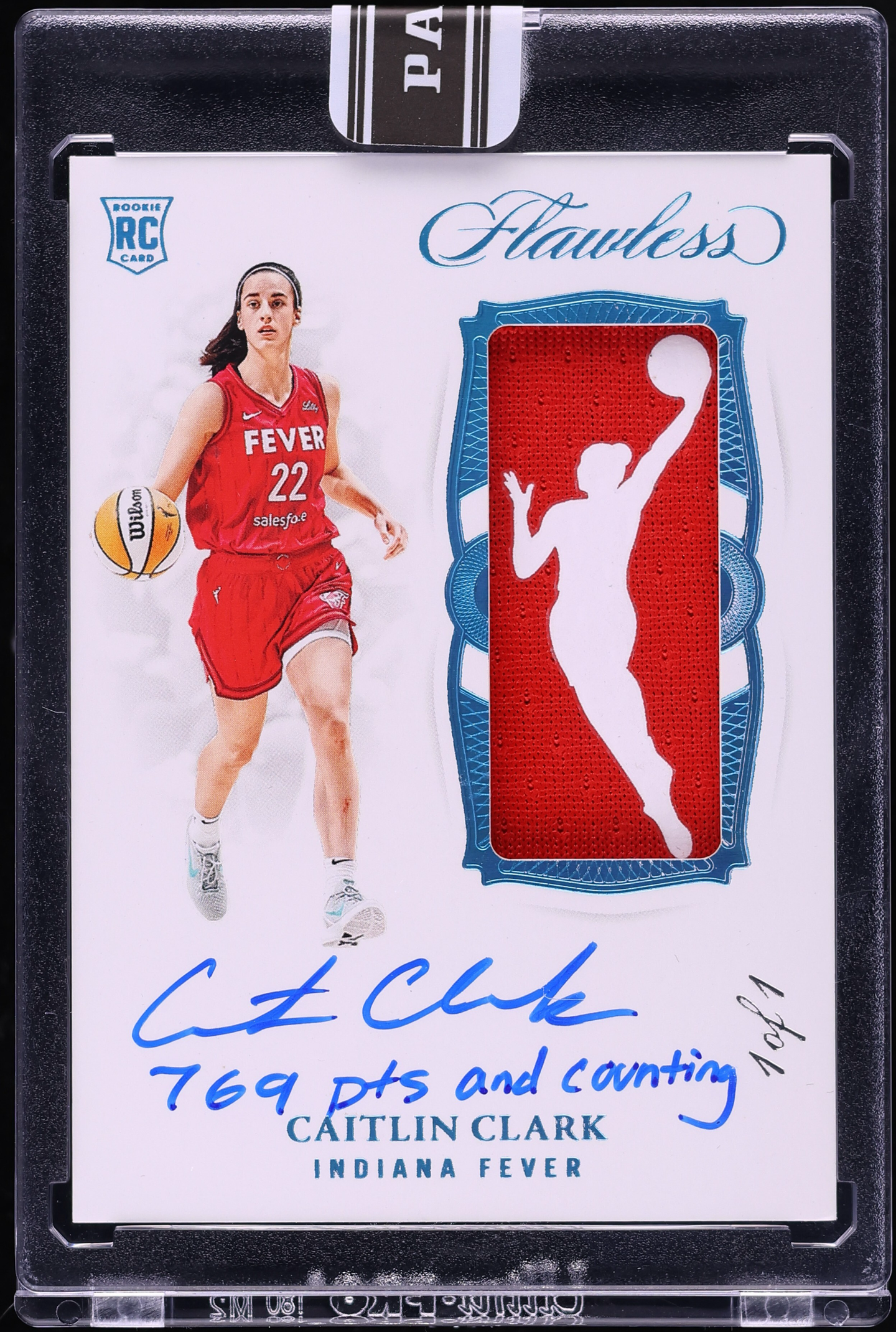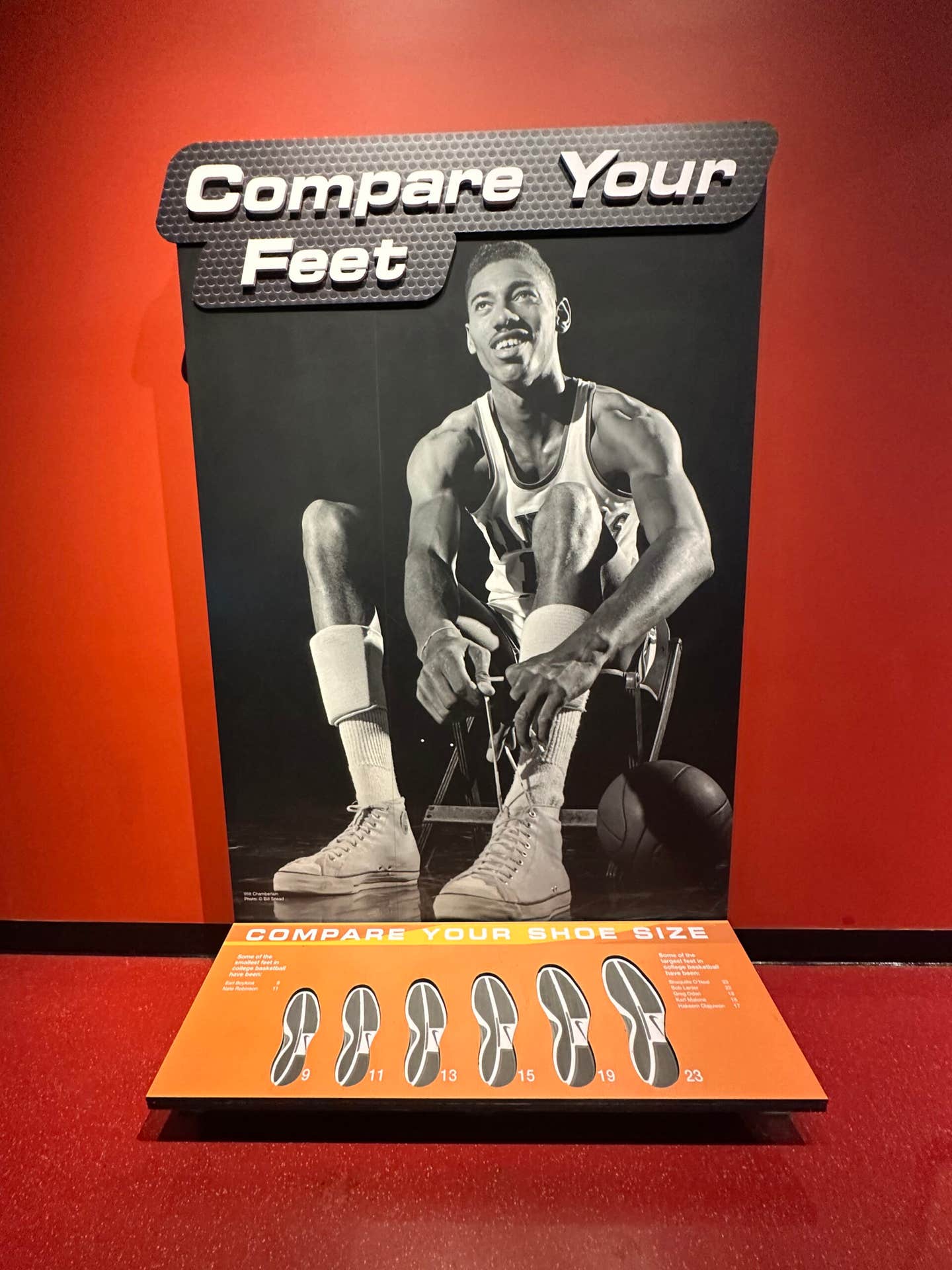News
Ruth and Cobb Photos You’ve Never Seen Before
Imagine you spent a lifetime taking photographs of countless legends from the stage and screen, major league ballparks and beyond. Murray Garrett has captured so many Hollywood icons on film he’s the subject of a pair of elegant coffee-table books filled with his photography.
And through all of that, he followed the strict dictates of his profession and never asked for an autograph. Well, maybe just one. More on that later.
Garrett, now 84 and living in Sherman Oaks, Calif., is truly one of the giants of what might mistakenly be dubbed the paparazzi business. After pioneering work as a Hollywood and celebrity photog, he understandably chafes at that particular description.
“I thought paparazzi was a pasta dish,” he said with a laugh in a recent phone interview. The photojournalist was gone from the scene by 1973, retired, citing reflexes that couldn’t cut it anymore (his, not the camera’s). He had worked for 25 years chronicling the off-screen lives of the giants of the silver screen, and has (actually had) the photos to prove it, plus a pair of elegant coffee-table books.
He recently donated his entire portfolio to the Motion Picture Association of America (MPAA), where it will be permanently housed in their archives and library. That sounds like a good place for the iconic images that reads like a Who’s Who of Hollywood’s golden era from the end of World War II to the early 1970s.
It was in the course of going through his portfolio that he came across the three baseball images shown here. Working after school for a photo agency in New York City, he was assigned to a High School All-America Game at Yankee Stadium, probably in the 1940s. Garrett is fuzzy on the particulars, and says there was no contact sheet, but in going through the images found these two of Babe Ruth and Ty Cobb together, shots that he thinks have never before been published.
Not bad for a youngster who considered himself lucky to be attending the Metropolitan Vocational High School in New York City, what would ultimately become the famed New York City School of the Arts.
After graduation, he headed to the West Coast, he thought originally for six months. He quickly established himself in Hollywood and would ply his trade their for a quarter-century, rubbing elbows with enough Hollywood celebrities to fill, say, two coffee table books (Hollywood Candid and Hollywood Moments). In addition to conventional assignments for various agencies and studios,
In a recollection featured on his website, www.MurrayGarrett.com, the legendary photographer recalls being asked by Elizabeth Taylor’s agent to accompany the actress and her then-husband, Richard Burton, and their children to Disneyland.
“The only deal was that they wanted pictures for their family. They said, ‘You have a choice: We can pay you or you can keep the pictures for publication.’ I had been around long enough to know this is a home run with the bases loaded.”
His first professional assignment – as a teenager in New York – was to cover First Lady Eleanor Roosevelt and labor leader Phillip Murray, president of the CIO, who were attending a musical in Newark, N.J. He was working for Graphic House Inc., a leading photog agency, as the assistant to legendary theatrical photographer, Eileen Darby.
When Graphic House opened a West Coast office in 1946, Garrett was sent to Hollywood, and in less than a year became bureau chief for that office and was completing photographic assignments for just about every major publication.
One such assignment to cover a Bob Hope tour led to a long affiliation with Hope that included numerous tours across the United States. He was a favorite of the famed entertainer and would likely have been included on a similar number of the famed overseas odysseys, save for an early choice of family over business.
An invitation to do a Hope tour unfortunately coincided with the expected arrival of his first child in December 1950. When Garrett balked, the great star didn’t chastise him, but Garrett never got invited to another overseas trip.
Sill, the iconic Hollywood figure liked Garrett’s work enough – and his ability to work in an efficient, unobtrusive manner – that the photographer wound up covering Hope’s domestic radio and TV events right up until he (Garrett, not Hope) retired in 1973.
Autograph opportunities aplenty, but only one try
That “working in an unobtrusive manner” was part and parcel of the professionalism that had been instilled in Garrett even as a teenager. “I grew in a sophisticated time and place where you didn’t ask a celebrity for anything,” recalled Garrett. “I worked with Bob Hope for 25 years and never asked for an autograph. When I came up, you learned to get in and get out.”
According to Garrett, that kind of discretion was important, especially for Hollywood’s elite when it came time to deciding who would be selected for those more personal, often family-oriented assignments.
“These people are used to people wanting things. I never understood that kind of familiarity. A professional photographer, reporter or editor is not a fan,” he said with finality.
But even as he said it, he sheepishly conceded that he had asked for one signature. Was it Brando, Gable, Jimmy Stewart, Lucille Ball? Marilyn Monroe? Nope, it was Ray Bolger.
Now if that sounds like pushing past Henry Aaron, Willie Mays and Roberto Clemente to snag a signature of, say, Rocky Colavito. Not too shabby, for sure, but why Ray Bolger?
“I had three kids and they wanted it,” Garrett said. He had known Bolger from Broadway in New York, and he mentioned that earlier meeting in requesting the signature. “I told him, ‘I knew you from New York,’” Garrett continued, and the star went to a drawer and pulled out a studio glossy of the Straw Man from “The Wizard of Oz.”
Bolger obligingly signed, inscribing it to Garrett’s wife and kids. And the photographer still has the photo so many decades later, prominently displayed on his mantle.
“I’ve been very fortunate. I could have been doing weddings in New York for my whole career,” said the man who started at $6 a week working that after-school gig and Saturdays.
Garrett’s website notes that in the early 1950s, as his talent and services were recognized by more celebrities, their PR firms and production companies, Garrett went out on his own. He formed the firm Garrett-Howard Inc., with lifelong friend, portrait photographer Gene Howard (a former vocalist with Stan Kenton and Gene Krupa) as his partner. In a very short time they became one of the most successful photographic concerns in Hollywood, offering both candid and studio photographic services to publications, the entertainment industry, as well as filling a very special niche ... covering personal events for their celebrity clients. For security reasons, Garrett was the only photographer cleared to be in the church with dignitaries from the Armed Services and the government at Bob Hope’s daughter’s wedding.
Garrett was also tapped to photograph the festivities at a party hosted by Frank Sinatra, a private, surprise 21st birthday party for Natalie Wood. “Around 2 a.m., Sinatra calls me over and says, ‘I’ve watched you, and you haven’t had a drink all night. Come on, have a drink,’ he told me.”
Garrett laughed and broke down and had one, but it was the exception, not the rule. And for good reason. “Booze was so prevalent in Hollywood. You couldn’t focus the camera if you were drinking,” he added.
Garrett had also been a photographer for the Pacific Coast League and for the Los Angeles Angels, a job that came to him from a friend, Gene Autry. Here was another arena where demon rum often held sway over a lot of its participants.
Garrett befriended another famous name from the sports world, the legendary Los Angeles Times sportswriter Jim Murray. “I met him on his first assignment for Time magazine, and we became friends. He was from Massachusetts, and I would be at his home nearly every Christmas,” Garrett said of the Baseball Hall of Famer scribe.
Another Cooperstown inductee, Bob Lemon, was also a pal. “I had closer friends in the athletic community,” Garrett continued. “Athletes when they are outside of the ballpark are just people; movie stars are still whacko,” he added without a trace of animosity, just observation.
He and Lemon, the latter also a rather well-known devotee of the barroom circuit, toured much of Southern California together. “He called me, ‘Meat,’ ” Garrett recalled with another laugh, resurrecting a pretty common nickname from the rough-and-tumble arena of professional sports. “I was his driver,” Garrett added of his role as the designated driver decades before that term would become part of the popular vernacular (or even designated hitter).
He told me, ‘We’re both lucky. You’re lucky to have a friend like me, and I’m lucky to have a friend like you.’ ”
Publishers naturally came calling
With a portfolio of work that would put some of the current celebrity photographers to shame, it’s hardly surprising that there was a considerable drumbeat from the publishing world to put it all into a book.
“I went to a publisher in New York, and plopped my pictures down in front of a group of editors, and the first thing they said was, ‘We understand you worked for Hope.’ ”
What they wanted, of course, was the kind of occasionally salacious material that has always been an element of the celebrity publishing business. “I could give you a lot of dirt; I worked for him for 25 years. I knew his wife and kids,” Garrett told the assembled group. “But just to get a book published, I can’t do it.”
Fortunately for posterity’s sake, there are publishers who understood the enormity and importance of what Garrett had created over 25 years. “We want to do your book,” they told him. “And I cried.”
There’s no photographic record of that, but there certainly is of just about everybody of note that he encountered throughout an amazing career.
Easily enough for two books and counting, with no dirt required to grease the skids.








